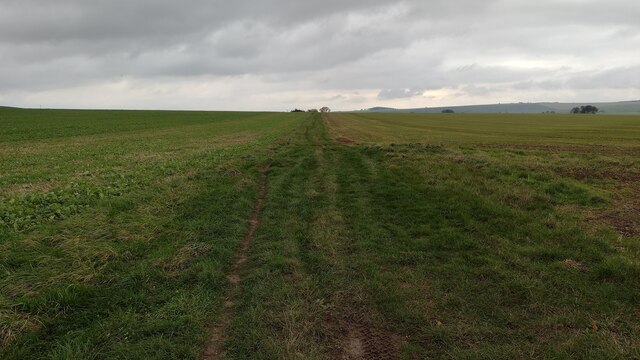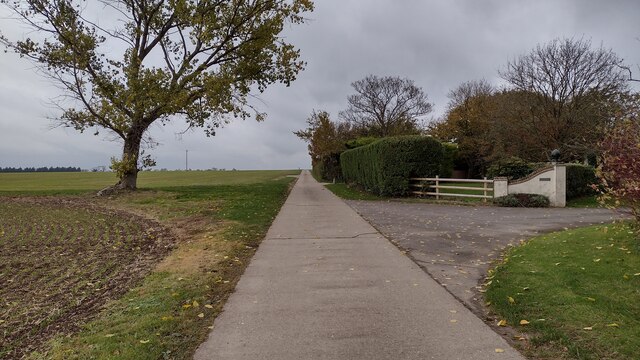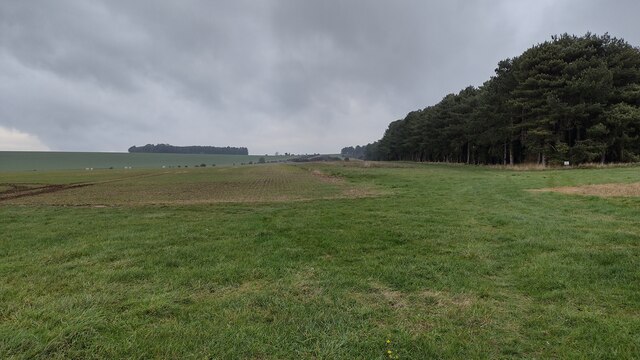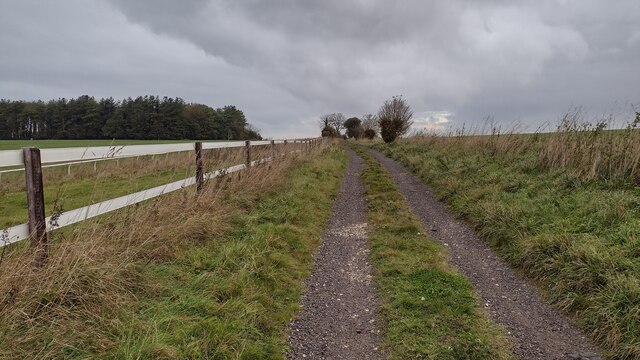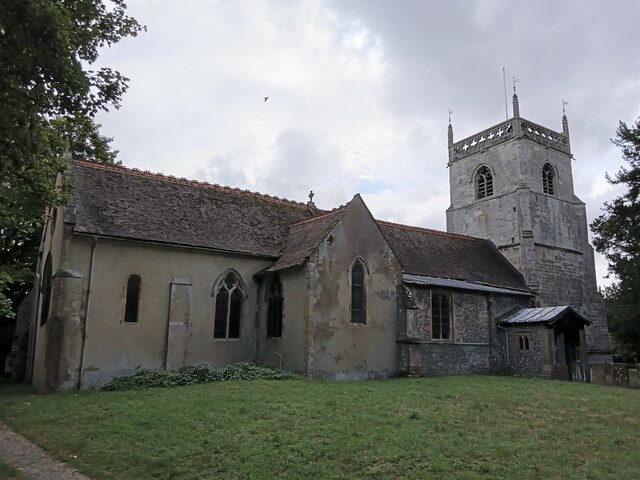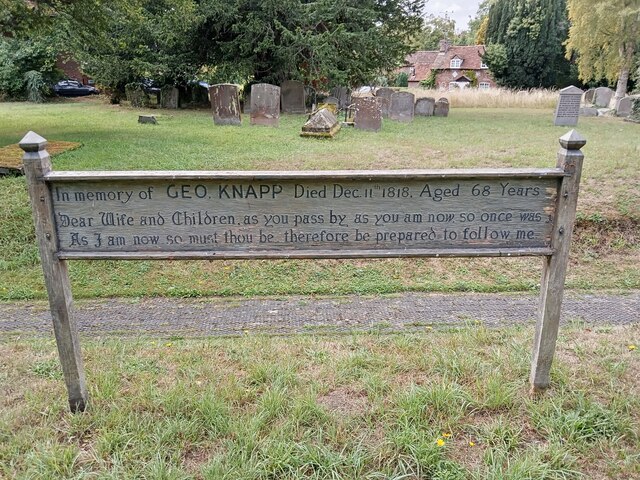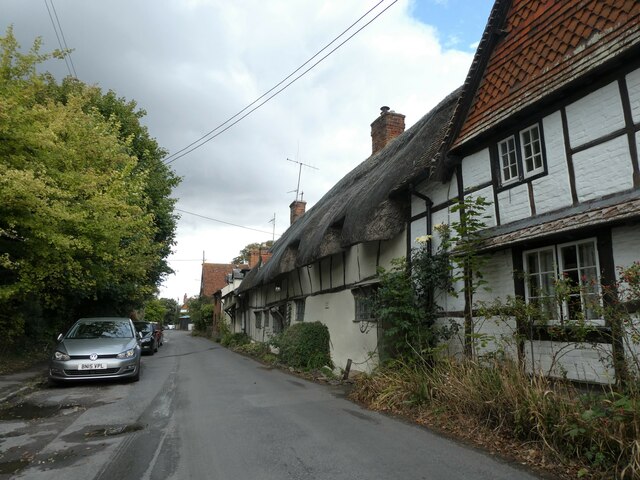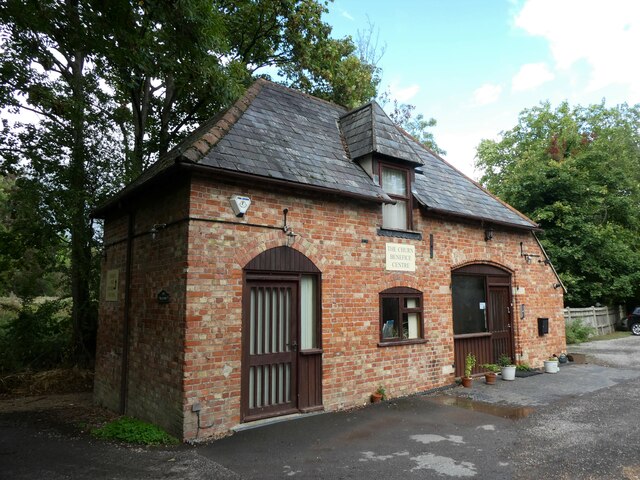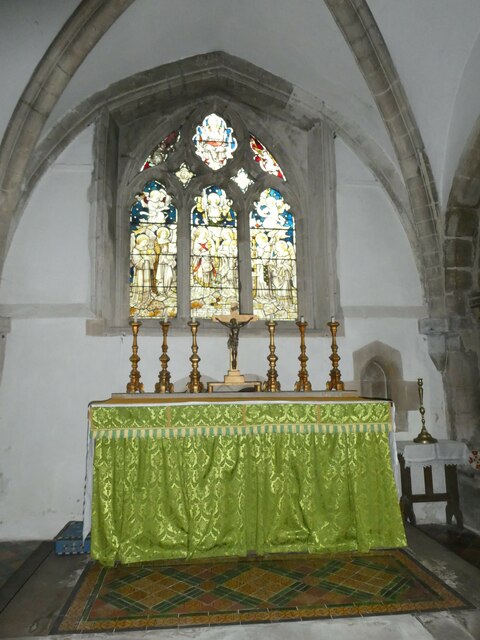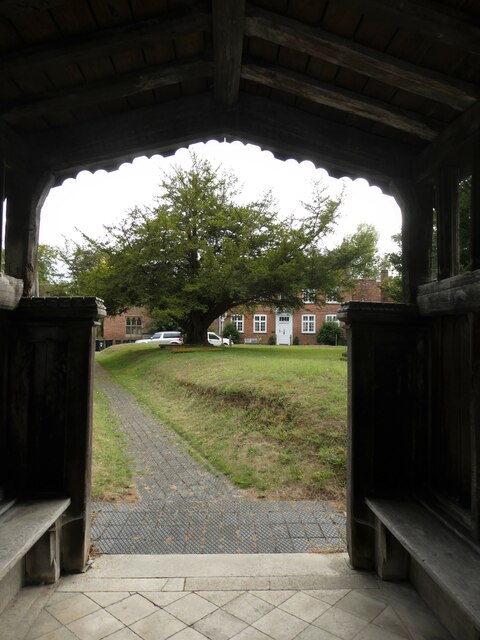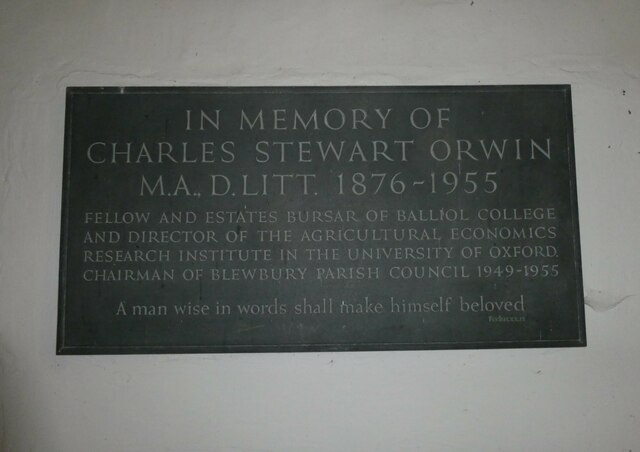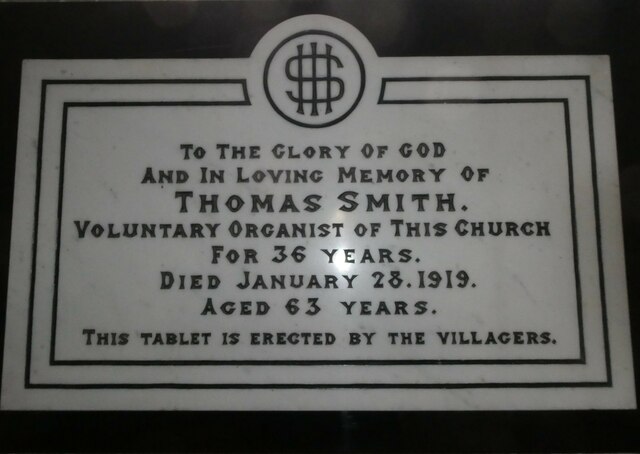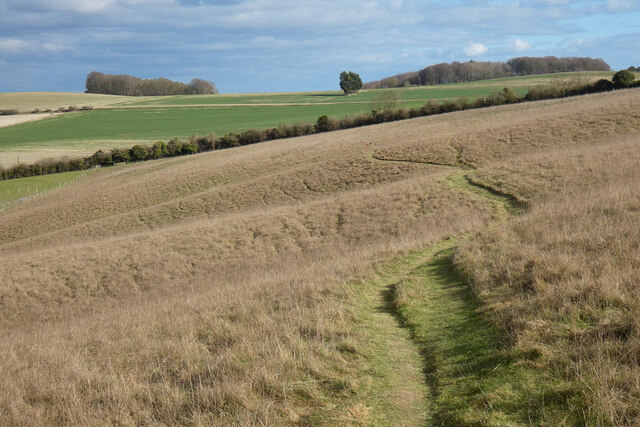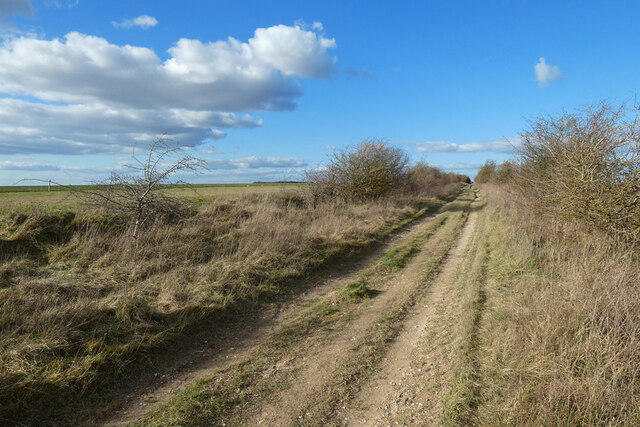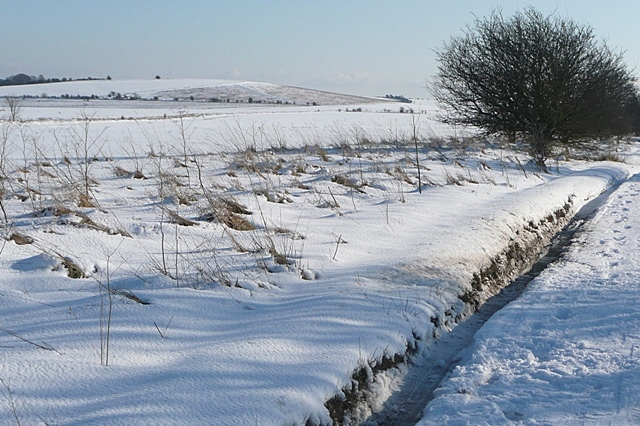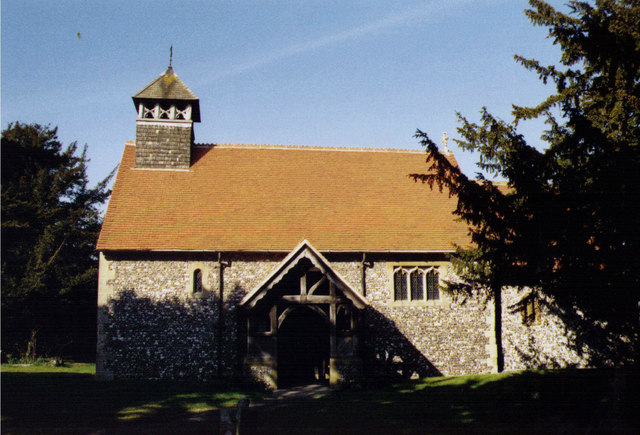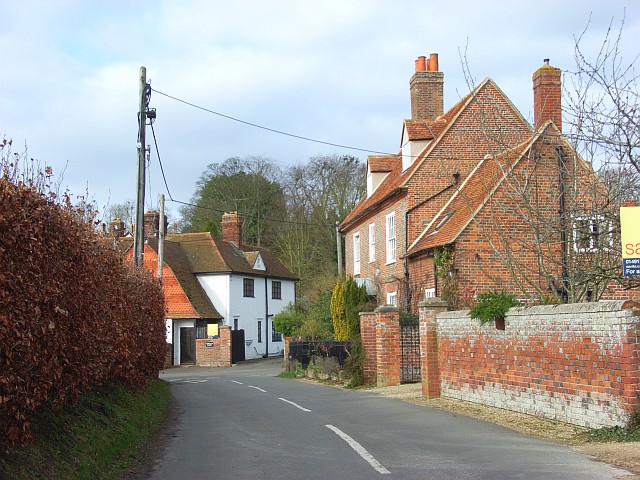Lid's Plantation
Wood, Forest in Berkshire Vale of White Horse
England
Lid's Plantation

Lid's Plantation, located in Berkshire, is a picturesque woodland area known for its abundant flora and scenic beauty. Covering a vast expanse, the plantation is a haven for nature enthusiasts and a popular destination for outdoor activities.
The plantation is primarily composed of a diverse range of trees, including oak, beech, and birch, creating a dense forest canopy that provides shade and shelter for a variety of wildlife. The undergrowth consists of ferns, bluebells, and moss, adding to the enchanting ambiance of the woodland.
The plantation offers numerous walking trails, allowing visitors to explore the area at their own pace. These trails wind through the forest, leading to hidden gems such as a tranquil stream and a small pond inhabited by ducks and other waterfowl. Along the paths, nature lovers can spot an array of birds, including woodpeckers, finches, and owls, as well as squirrels and deer.
Lid's Plantation is well-maintained, with clear signage and picnic spots throughout the area. The plantation also serves as an educational site, hosting guided nature walks and workshops on topics such as tree identification and conservation. Visitors can learn about the importance of preserving the woodland ecosystem and gain a deeper understanding of the natural world.
Overall, Lid's Plantation in Berkshire is a captivating destination for those seeking tranquility and a connection with nature. Its lush vegetation, diverse wildlife, and well-designed trails make it a perfect retreat for individuals, families, and nature enthusiasts of all ages.
If you have any feedback on the listing, please let us know in the comments section below.
Lid's Plantation Images
Images are sourced within 2km of 51.560435/-1.2423619 or Grid Reference SU5284. Thanks to Geograph Open Source API. All images are credited.
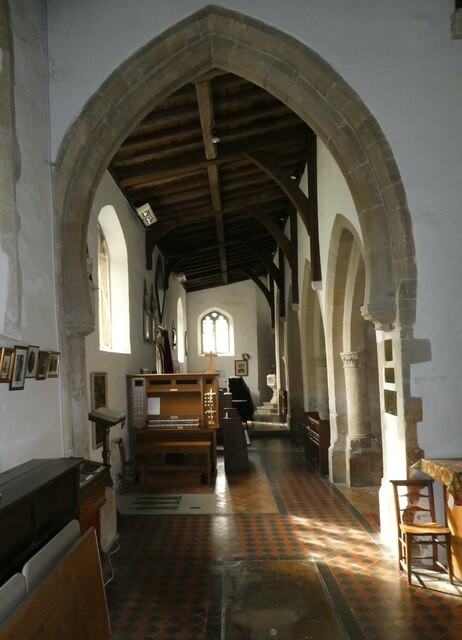
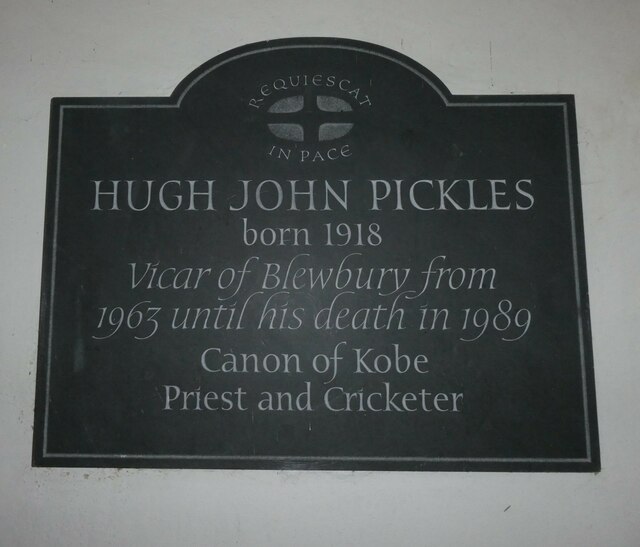
Lid's Plantation is located at Grid Ref: SU5284 (Lat: 51.560435, Lng: -1.2423619)
Administrative County: Oxfordshire
District: Vale of White Horse
Police Authority: Thames Valley
What 3 Words
///plums.quicker.prepares. Near Blewbury, Oxfordshire
Nearby Locations
Related Wikis
Blewbury
Blewbury is a village and civil parish at the foot of the Berkshire Downs section of the North Wessex Downs about 4 miles (6.4 km) south of Didcot, 14...
Aston Upthorpe Downs
Aston Upthorpe Downs is a 38.5-hectare (95-acre) biological Site of Special Scientific Interest south of Aston Upthorpe in Oxfordshire. It is a Nature...
Upton, Vale of White Horse
Upton is a spring line village and civil parish at the foot of the Berkshire Downs, about 2 miles (3 km) south of Didcot in the Vale of the White Horse...
Blewburton Hill
Blewburton Hill is the site of an Iron Age hillfort located in Oxfordshire, in the southeast of England. It was a univallate hillfort (with a single rampart...
Upton and Blewbury railway station
Upton and Blewbury railway station was a station on the Didcot, Newbury and Southampton Railway in England. It served Upton, with Blewbury and West Hagbourne...
Churn railway station
Churn railway station was a station on the Didcot, Newbury and Southampton Railway in England. It served Churn Down, a remote part of the Berkshire Downs...
West Hagbourne
West Hagbourne is a village and civil parish in the Berkshire Downs about 2 miles (3 km) south of Didcot. The 2011 Census recorded a parish population...
Aston Upthorpe
Aston Upthorpe is a village and civil parish about 3 miles (5 km) southeast of Didcot in South Oxfordshire. It was part of Berkshire until the 1974 boundary...
Nearby Amenities
Located within 500m of 51.560435,-1.2423619Have you been to Lid's Plantation?
Leave your review of Lid's Plantation below (or comments, questions and feedback).
